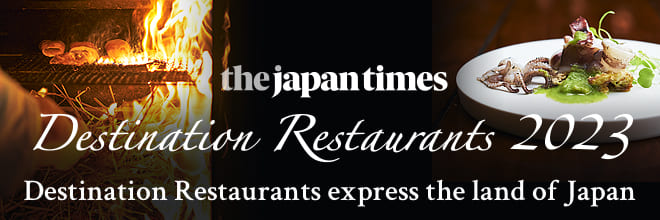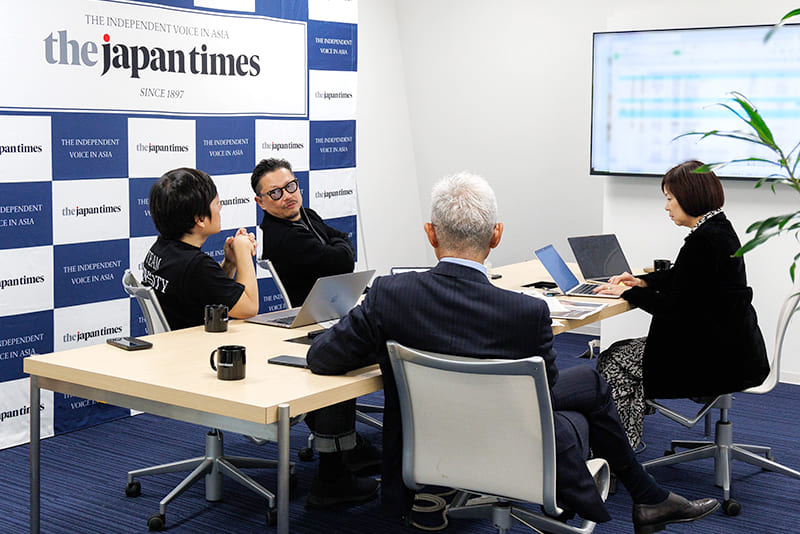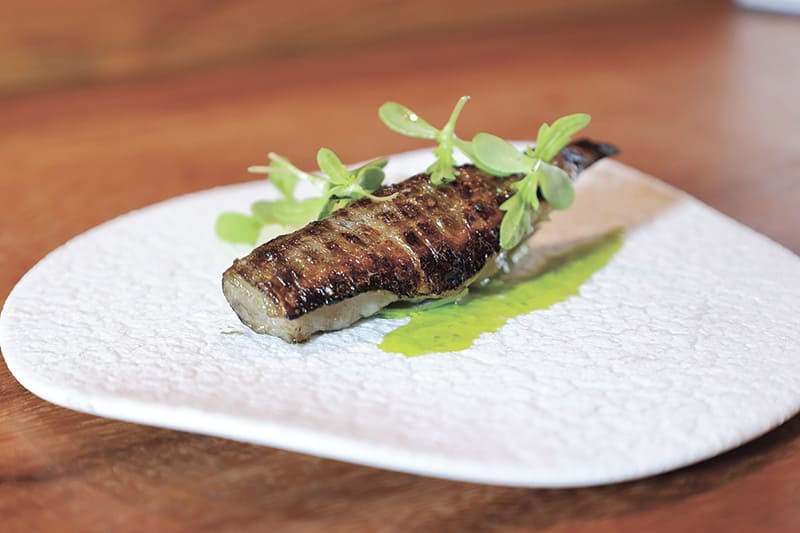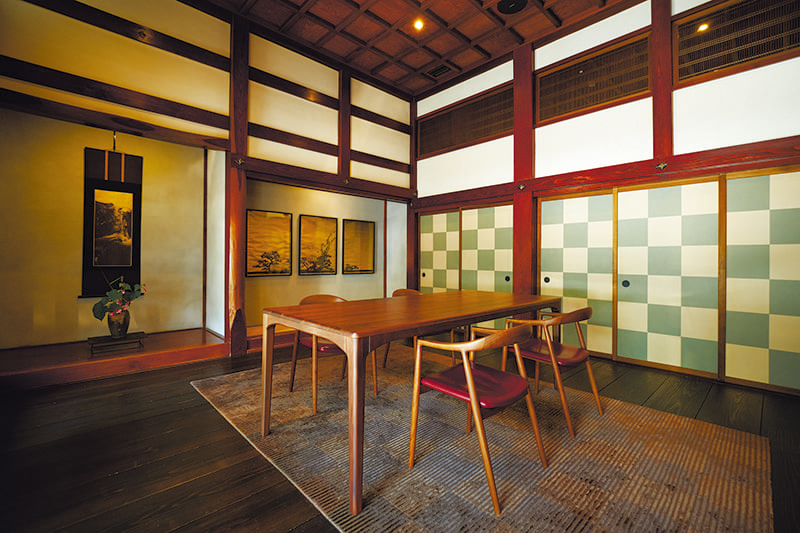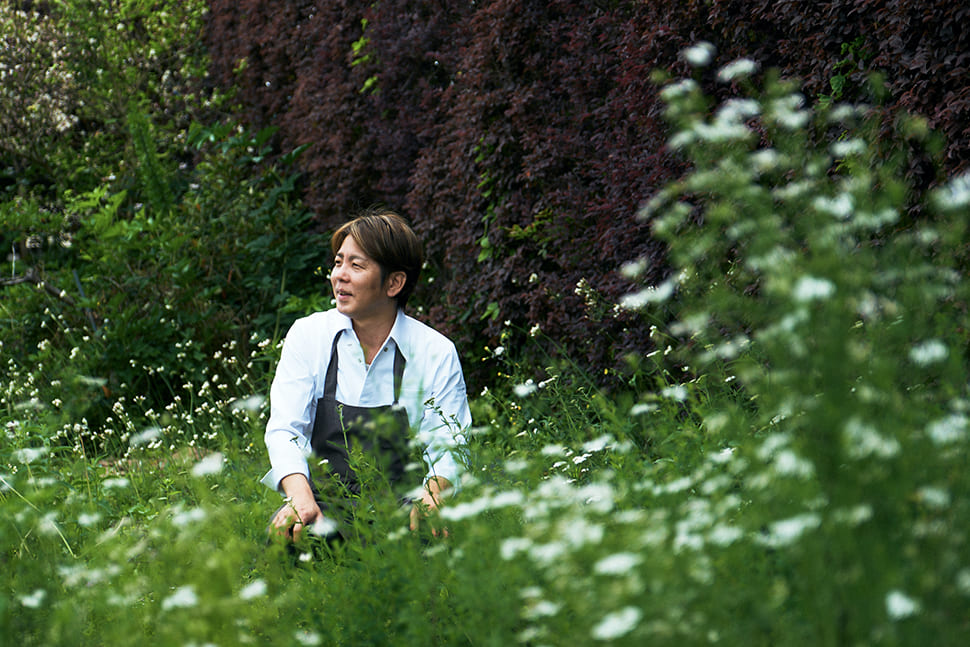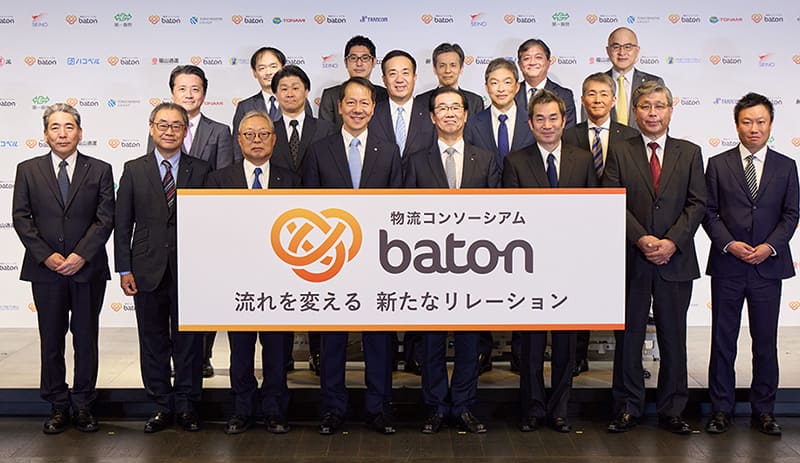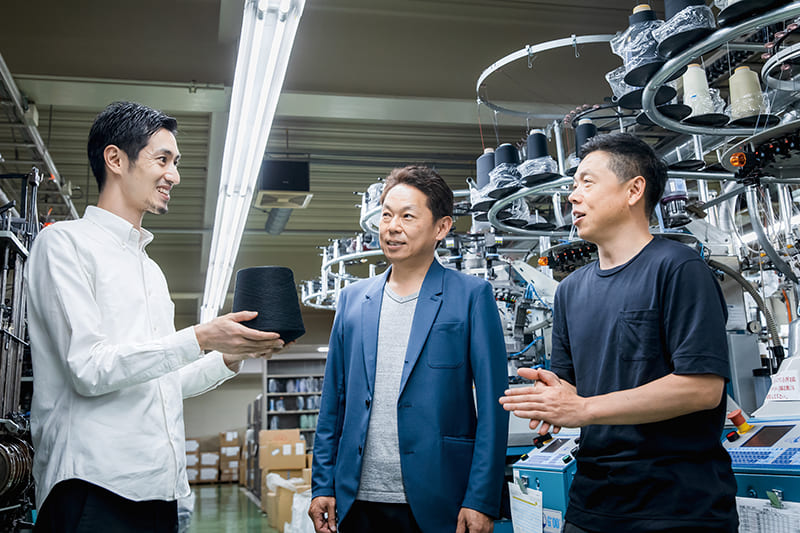April 26, 2024
Spotlighting a Niigata castle town through sushi
Destination Restaurants 2023
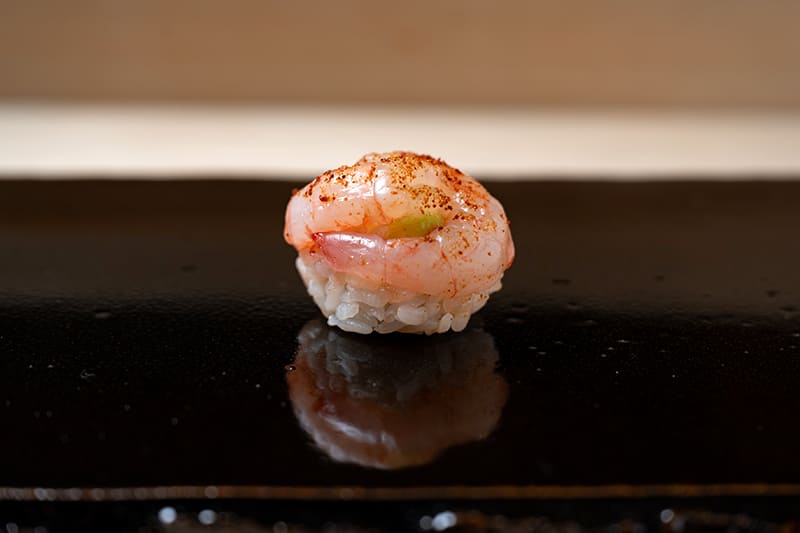
PHOTOS: TAKAO OHTA
Shibata is one of Niigata Prefecture’s core cities, with a population of over 90,000. In the Edo Period, it flourished as the town serving Shibata Castle. From the Meiji Era to World War II, it was a military center where troops were stationed, and after the war it prospered as a commercial city. Until about seven years ago, it had an entertainment district where geisha brought color and sparkle. But today, many shuttered stores line its shopping streets.
Kousuke Kobayashi, the third-generation owner-chef of Tokiwasushi, moved to Tokyo after graduating from high school in order to study at a culinary school. After gaining sushi experience in Tokyo, he returned to his family home at the age of 30 to help at Tokiwasushi under his father’s guidance. He was amazed by the change in the city.
“I was shocked to see that areas that had been busy and lively [when I left] had become completely deserted in just 10 years or so. I decided, ‘I’m going to transform these streets!’”
Kobayashi got the idea of attempting to revitalize the area through sushi. Kobayashi took a new look at his own restaurant, starting with the ingredients it had been procuring from other regions. He also decided to discontinue deliveries. In 2017, when the restaurant reopened after renovations, Kobayashi succeeded his father to become the third-generation owner-chef. It was then that Tokiwasushi began offering sushi as a form of local gastronomy focusing on ingredients produced in Niigata. For dinners and weekend lunches, the price of a full-course meal with hand-pressed nigiri sushi and appetizers is ¥19,800 ($130), including tax.
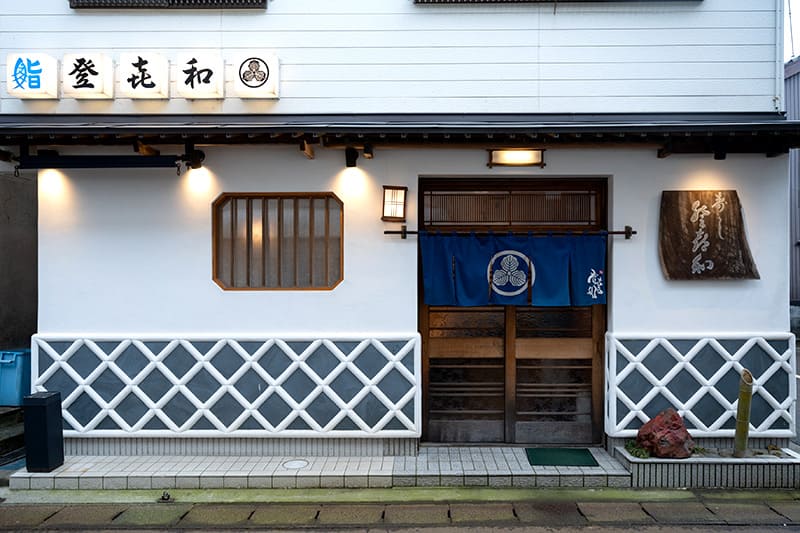
Tokiwasushi
3-7-8 Chuo-cho, Shibata-shi, Niigata Prefecture
Tel: 0254-22-3358
https://tokiwasushi.top
Virtually all of the restaurant’s fish is locally sourced. The only exception is the anago (conger eel) from Onagawa in Miyagi Prefecture, used in the anago reduction sauce the restaurant has produced through continuous replenishment since the time of Kobayashi’s grandfather. The rice is Yutaka Koshihikari grown in Shibata, and all the seasonings — including salt, vinegar and soy sauce — are from Niigata. As a result of Kobayashi’s efforts, the restaurant has caused a stir among “foodies” and is said to get better and better each year.
Fish is not the only essential element of sushi. The foundational component of shari (sushi rice) is critical as well. Since many Edomae (Tokyo-style) sushi restaurants place a focus on chūtoro (medium-fatty tuna), regarded as the ultimate sushi variety, they prepare their rice with the amounts of vinegar and salt that are most compatible with it. But Kobayashi thinks about it this way:
“There’s only a three-month period each year when we can obtain Niigata Prefecture tuna delicious enough to be the main focus of a course menu. Using locally sourced fish means we don’t even know what’s coming in the next day — it depends on the weather and the time of year. So I actually think it’s good to come up with more creative ideas when I make shari.”
In addition to using rice vinegar and red vinegar (made from sake lees), Kobayashi creates various types of shari using fish stock, persimmon vinegar, citrus and more. He often uses three or four types of shari in different elements of a single course. He also makes a point of utilizing neglected types of fish that were previously thrown away because excessively large catches diminished their market value.
Just when the restaurant had nearly overcome the problems resulting from the Tohoku earthquake and later the COVID-19 pandemic, cancellations started streaming in at the start of this year following the Noto earthquake. Amid these difficulties, Kobayashi’s only option was to persevere. Going forward, he plans to continue collaborating with chefs from inside and outside Niigata and posting about his activities. He is also set to open another restaurant in the city of Niigata at the end of May. In terms of both sushi creation and working style, Kobayashi can now be called a cutting-edge sushi chef.
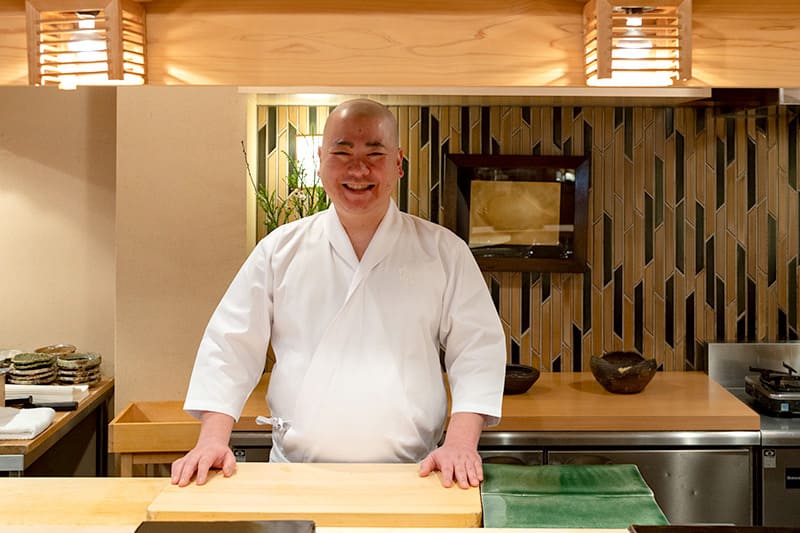
KOUSUKE KOBAYASHI
Born in 1979 in Shibata, Niigata Prefecture, Kobayashi is the owner-chef of Tokiwasushi, a restaurant established by his grandfather in 1954. While studying at a Tokyo culinary school and playing in a band, he worked part-time at a small Japanese restaurant in Tokyo’s Hibiya area. When he married at the age of 27, he started his training as a sushi chef at the restaurant Uoshin in the Naka-Meguro area. In 2010 he joined his family’s restaurant, honing his skills under the guidance of his father. In 2017, when the restaurant reopened after renovations, he assumed the title of third-generation sushi chef.
新潟県の城下町、新発田市を寿司で再興。
新潟県の中核都市、新発田市の人口は9万人超。かつての城下町であり戦後は商業都市として栄えたが、現在は「シャッター商店街」も目立つ。
『登喜和鮨』3代目、小林宏輔は都内での寿司修業を経て30歳のとき、父の下で店を手伝うべく実家に帰り、寿司職人という仕事を通じて地域を活性化しようと考えた。そして、2017年、3代目を継承したタイミングで、新潟県産の食材にこだわったローカルガストロノミーとしての寿司を提供し始めた。
「もっと自由な発想でシャリを作ってもいいんじゃないか」との思いから、小林が用意するのは米酢や赤酢を用いるほか、魚の出汁や柿酢、柑橘を混ぜるなど、さまざまな種類のシャリ。1コース(¥19,800、税込)で3〜4種のシャリを使い分けることが多い。また、獲れすぎて市場で値がつかず、これまでは廃棄されていた未利用魚も積極的に扱う。寿司そのもの、そして活動スタイルも含めて、小林は今、最先端の寿司職人と言っていいだろう。
Return to Sustainable Japan Magazine Vol. 35 article list page


